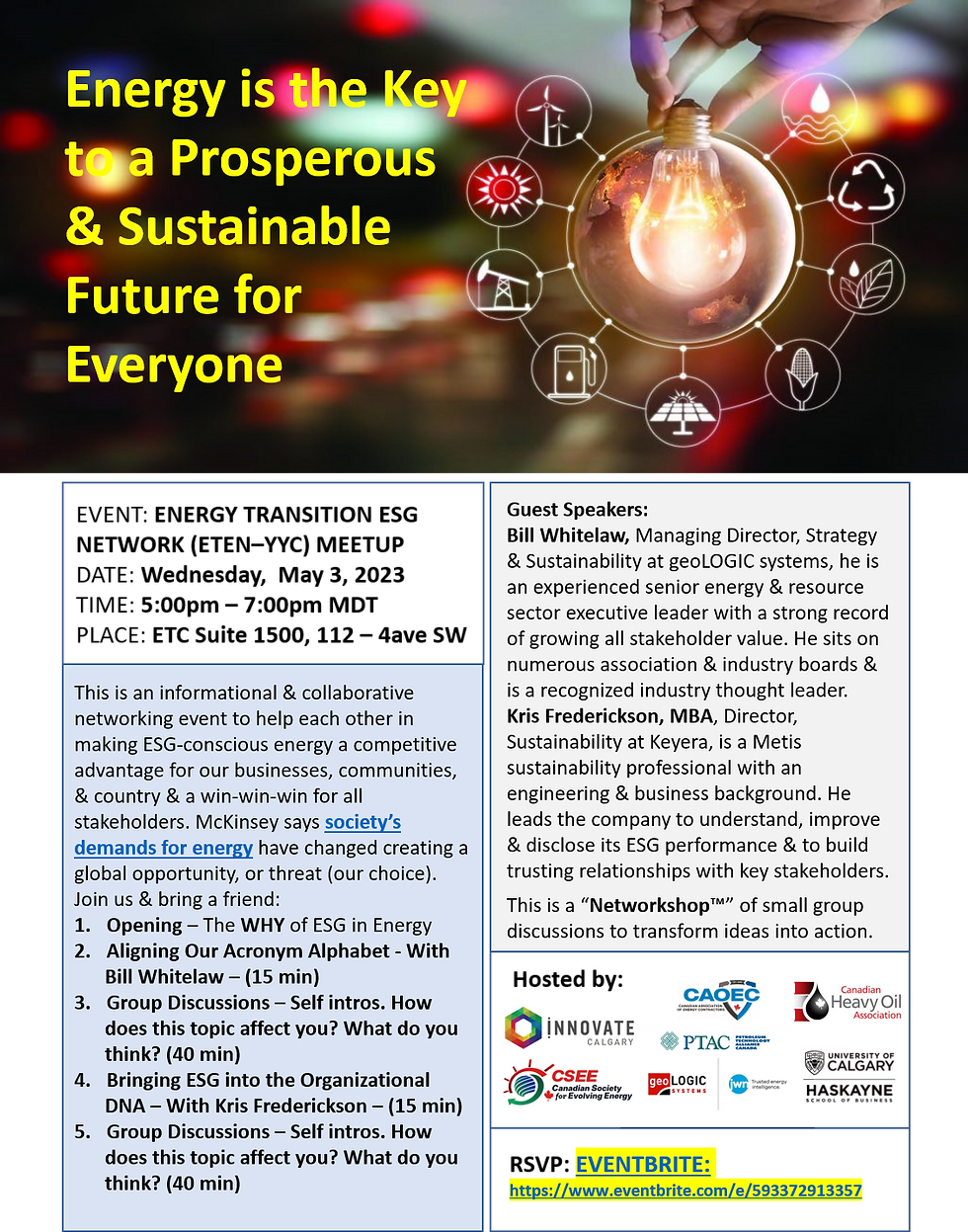Are You a Boiling Frog & Why Change?
- Brad Gaulin
- Oct 1, 2018
- 3 min read

Recently I rebranded my company (a big change) & I had to do some serious reflection on the type of work I’ve been doing for the last 10 years & the impact of changes I’ve helped organizations make. My work was sold as “strategy execution”; helping leadership teams define their goals, build strategies & most importantly support them through the process of executing their strategies. It is incredibly fulfilling work & I feel grateful for the teams I’ve worked with, the amazing growth they’ve accomplished & the terrific learning it’s given me. As Einstein said, the only true knowledge is experience & in working with so many organizations I’ve learned 10x more than I could just leading my own companies. The big lesson though was that I was actually helping teams of people change their organizations & that it takes a team to achieve big, important goals. Also, not only is change hard, there are no quick fixes, it takes time, discipline & perseverance; in short I found most teams won’t do revolution, but they will do evolution.

Often evolution starts with leaders having a gut feeling that something’s not right. Early on it’s when performance is “OK”, but not great. We’ve stopped growing, are losing customers, people aren’t as engaged, profitability is shrinking, we’re having a hard time attracting top young talent, etc.. The challenge for most organizations is the boiling frog syndrome, if the pain isn’t intense we don’t change & not changing becomes fatal (Netflix vs. Blockbuster). So how do we create the sense of urgency within our organizations to make people want to change? Change starts with a trigger, a catalyst, which is typically the realization that the organization is not performing to its potential; it’s “stuck” & staying stuck is a very bad thing.

So leaders need to share their awareness & help their teams understand the “Why” for change. As Simon Sinek tells us with his golden circle, people don’t care about “what” or “how “until they understand “Why”. To engage & win the support of your teams we need to answer the 3 marketing questions for them; “why” should they care; what’s in it for them & “why” should they believe you? They should care because if the organization is stuck, in reality it’s shrinking because nothing stands still. Then their jobs are at risk & the longer we wait to deal with it, the harder & less likely it will be to succeed. What’s in it for them in getting the organization growing again is; they get to grow personally, learn, have more autonomy, better pay, a better culture, be part of a winning team & have more fun. The biggest challenge is why they should believe you; it needs to be more than a gut feeling.
Creating belief & the motivation to change requires evidence. The best evidence is quantifiable data that validates your intuition to make a credible argument. To help you quantify your team’s performance we’ve developed a survey which we recommend you give to give everyone on your team. Organizational performance is reviewed based on three criteria:
FINANCIAL – Are we consistently hitting our financial targets & measurable goals?
SOCIAL – Are we working well as a team?
FUNCTIONAL – Are we doing the right things to produce great team results?

Between the survey data, the historic financial & KPI data & any other competitive intelligence or precedence in your industry you have the material to make a case for change. Making the case means engaging your team collectively to see the situation for what it really is & the dire potential consequences; for them to take ownership of the situation, realizing they are the only ones to solve it; come up with solutions; putting massive effort into doing it; & adapting & persevering for as long as it takes. In their book the Oz Principal, Hickman & Connors emphasize the critical need for everyone individually & as a team to be proactive instead of reactive to succeed.
Last, I recommend you get help; as Einstein said, we can’t solve our problems with the same thinking that created them. As an executive, I still get help to drive change with my teams, because I can’t fully participate & facilitate my own teams, I have to wear one hat. I’ve found using a change agent has big advantages & an exponential ROI. So whether you engage skilled peers or a consultant, making strategic change is critical enough to get help to do it right.
These are the things I suggest you consider if you want to take your team to the next level.
Brad Gaulin, P.Eng., MBA
Chief Evolution Officer




If you've stopped growing, are losing customers, staff, profits, etc., then it’s time to make changes. This is especially hard when you are stalled but doing “OK”; which is the boiling frog dilemma. I've written an article and survey tool to assist you in obtaining quantifiable evidence to help you communicate the need for change to your organization.